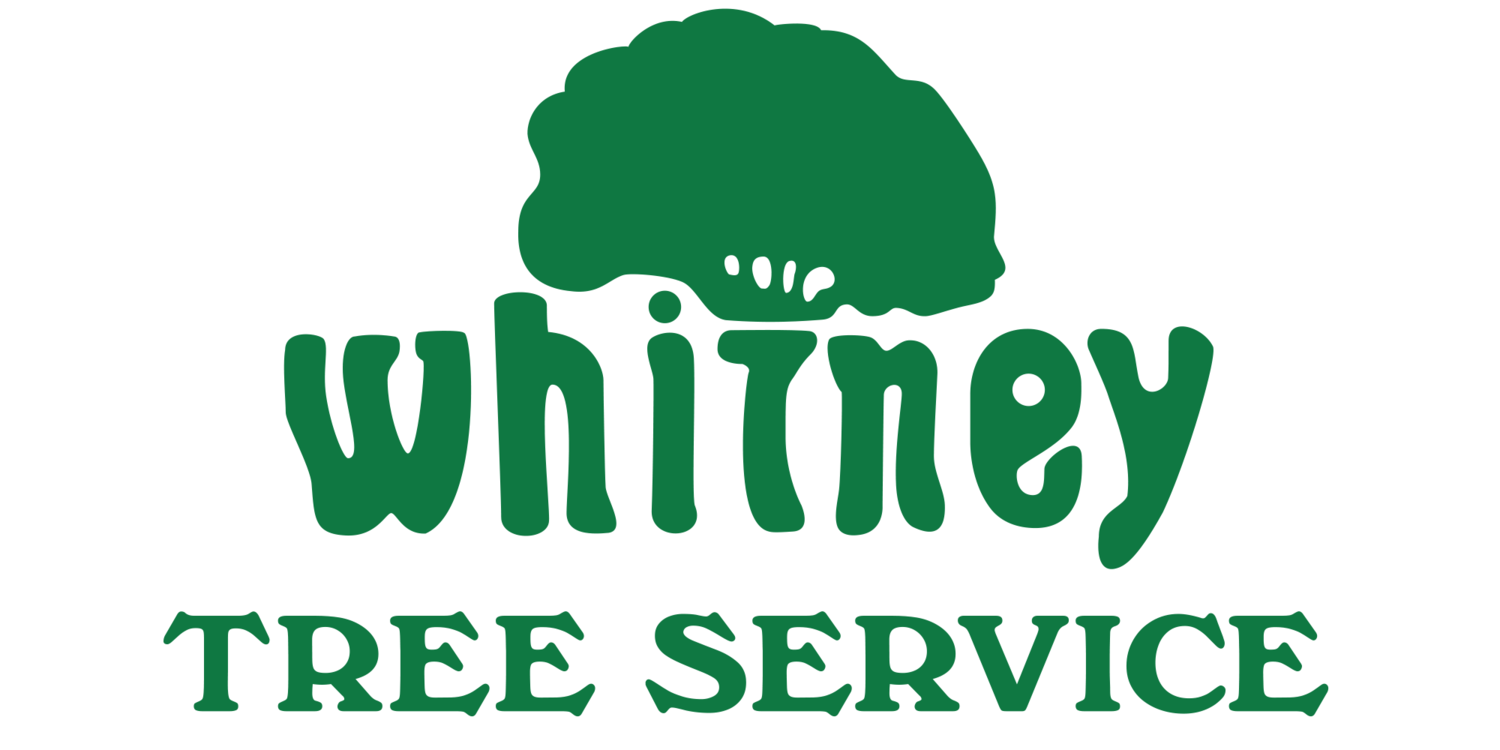
Tips & Information
What is an Arborist:
An arborist is a specialist in the care on individual trees. Arborists are knowledgeable about the needs of trees, and are trained and equipped to provide proper care. Hiring an arborist is a decision that should not be taken lightly. Proper tree care is an investment which can lead to substantial returns. Well cared for trees are attractive and can add considerable value to your property. Poorly maintained trees can be a significant liability. Pruning or removing trees, especially large trees, can be dangerous work. Tree work should only be done by those trained and equipped to safely work in trees.
In Maine it is required by law that any individuals who advertise, solicit, contract, or in any way engage for compensation in the business of an arborist, or make representation as being able to do so, must be licensed by the State of Maine.
Licensing/Insurance
What to ask when hiring an Arborist:
Are you insured? Show proof of liability insurance, and most importantly, worker’s compensation insurance.
Do you have direct employees or do you use Sub-contractors - If direct, you need proof of workers comp. If using Sub-contractors, you need individual proof of liability for each Sub-contractor working on your property. Make sure the person on your property is the one that provided insurance coverage.
Are you Licensed through the State of Maine or hold an ISA Certification? - Either one will be o.k. If not it is unlawful to perform tree work if/when your feet leave the ground. (Climbing, Bucket truck, crane work etc.)
Diseases & Insects:
Anthracnose Diseases of Hardwoods (Ashes, Maples, sycamore & other Hardwoods) - High moisture conditions had occured during critical time for leaf expansion & fungal infection. You will see browning near the veins of the leaf & dropping of leaves will occur.
Treatment - Fungicide should be applied during leaf expansion in the Spring.
Needlecast of spruce Rhizosphaera - White spruces and Colorado blue spruces have been heavily damaged over the past several years from excessive needle loss caused by Rhizosphaera needlecast disease. The needle loss can be unsightly, and reduces the effectiveness of affected trees for screening in landscape plantings. The signs of this disease are needle browning & loss from the bottom up. And if not treated will continue up the tree making the tree unsightly & can eventually kill the tree.
Treatment - Fertilization to help promote new growth - Spraying with fungicide just after bud break to protect the new growth in the Spring.
Browntail Moth (Euproctis chrysorrhea) - Browntail moth larvae have emerged from their overwintering webs and are feeding on new foliage in some coastal areas and lightly scattered in the inland areas. Browntail moths develop toxic hairs in early June which can cause a rash in sensitive individuals. Browntail populations are high in certain areas and defoliation over two or three years can significantly impact the health of the tree.
Treatment - Fertilization to promote & sustain growth - Spraying to control feeding larvae and trunk injections can also be effective.
